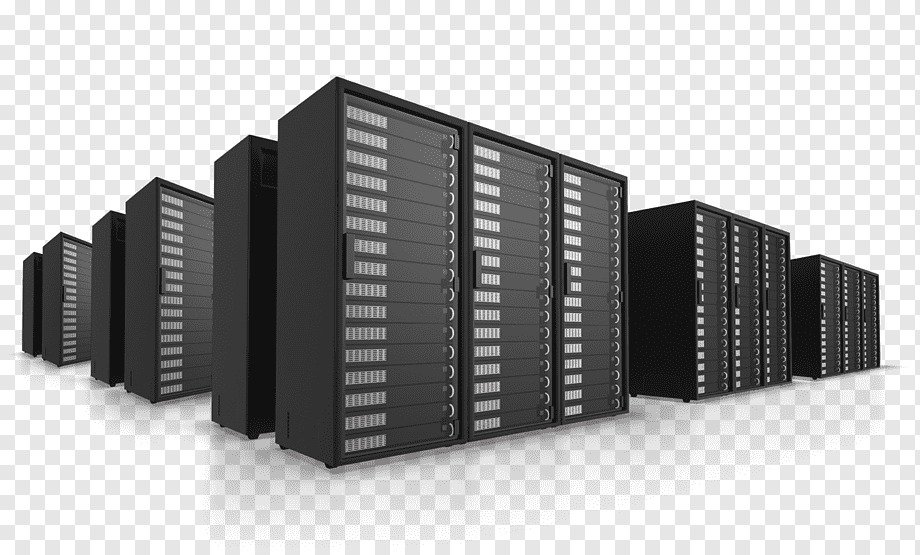Expanding server rack capacity can feel like a challenge. Many business owners worry about shutting down operations. Downtime can cost money and slow productivity. The good news is you can expand capacity without stopping work. You only need the right plan and tools. Every server rack has room to grow if you use smart strategies. Adding new servers or storage devices does not always mean interruption. You can rearrange, optimize, and upgrade while systems run smoothly.
According to a report, the global market for server racks is booming. The market is projected to surpass $166.98 billion by 2034.
This guide will show you seven practical ways to increase server rack space. Each method is easy to follow and reduces risks. You will learn tips that professionals use to avoid downtime. By the end of this guide, your server rack will handle more equipment without stopping your workflow.
1. Use Vertical Space Efficiently
Vertical space is often overlooked. Many server racks have unused space at the top or between servers. You can install vertical mounting rails. These rails allow you to add more devices safely. By stacking equipment, you maximize space. You also improve airflow because devices are organized. Vertical organization reduces cable clutter. Cables do not block airflow or access. This step alone can give you extra room. It avoids moving existing equipment.
Smart Tips for Vertical Expansion
- Check the weight limit of your rack.
- Measure the space before buying rails.
- Align devices for easy access.
- Use cable management trays.
Vertical space gives flexibility. It also sets up for future expansion. Once this step is done, you can focus on power and cooling.
2. Upgrade to High-Density Servers
High-density servers provide more power in less space. They are compact and designed to fit into tight racks. You can replace older servers gradually without shutting down. Hot-swap drives make upgrades smooth. High-density servers reduce the total footprint in your rack. They free up space for more equipment.
Why High-Density Works
- More processing power per unit.
- Less physical space is used.
- Easy integration with current systems.
- Hot-swap and remote management features.
When you combine vertical expansion with high-density servers, your rack can handle twice the equipment without downtime.
3. Optimize Cable Management
Cables take up a lot of room. Poor cable management blocks airflow and makes maintenance hard. Organized cables create space for new devices. Start by labeling each cable. Use Velcro straps or cable ladders. Avoid tight loops that strain connections.
- Detach the power and data cables from each other.
- Use color-coded labels.
- Route cables along rack edges.
Good cable management does more than save space. It reduces downtime risk during maintenance. It also keeps airflow optimal.
4. Implement Rack Shelves and Sliding Trays
Rack shelves allow you to store non-rackmount devices safely. Sliding trays provide easy access to equipment without removing the entire server. These solutions expand usable space in your rack. You can place storage drives, switches, or backup units on shelves. Sliding trays make upgrades faster and safer.
Benefits of Shelves and Trays
- Easy installation.
- No downtime required.
- Better organization.
- Supports heavier equipment.
Adding shelves and trays prepares your rack for future growth. It also improves safety for staff handling the equipment.
5. Use Modular Power Distribution Units
Power management limits how much equipment you can add. Modular power distribution units, or PDUs, allow more devices without electrical upgrades. You can expand power capacity gradually. Hot-swappable modules reduce interruption.
Advantages of Modular PDUs
- Flexible power allocation.
- Easy monitoring of usage.
- Expandable without shutting down.
- Supports high-density servers.
Using modular PDUs with cable management and shelves ensures your rack handles extra equipment efficiently. This combination avoids sudden downtime.
6. Implement Virtualization
Virtualization reduces the need for physical servers. You can run multiple virtual servers on one physical server. This cuts down on rack space usage. It also improves resource utilization.
Virtualization Tips
- Use server hypervisors like VMware or Hyper-V
- Consolidate workloads gradually
- Monitor performance closely.
- Keep backup systems ready.
Virtualization complements high-density servers and space optimization.
7. Arrange Scheduled Maintenance & Monitoring
Performance monitoring and maintenance help to avoid unexpected problems that could inflict downtime. Monitoring equipment can alert you about power and overheating issues. Plan on scheduled inspections to check the structure of the server racks while maintaining airflow pathways. Component replacement should occur before the component fails.
Monitoring/Maintenance Procedures
- Place thermal and humidity sensors.
- Record PDU load.
- Visually inspect cables and connectors,
Most importantly, consistent monitoring procedures extend the life of servers and other rack-mounted components.
Conclusion
Expanding server rack capacity does not require stopping operations. Start with vertical space and cable management. Add high-density servers and shelves for more equipment. Use modular PDUs to handle power needs. Virtualization reduces physical requirements. Vertical expansion works best with high-density servers. Shelves and cable management support this setup. PDUs and virtualization keep systems efficient. Monitoring ensures long-term success.
With this, your business stays productive. Your IT team can upgrade safely. Your rack handles more equipment efficiently. Expanding server capacity becomes simple. It is now possible to grow safely and maintain uninterrupted operations.



